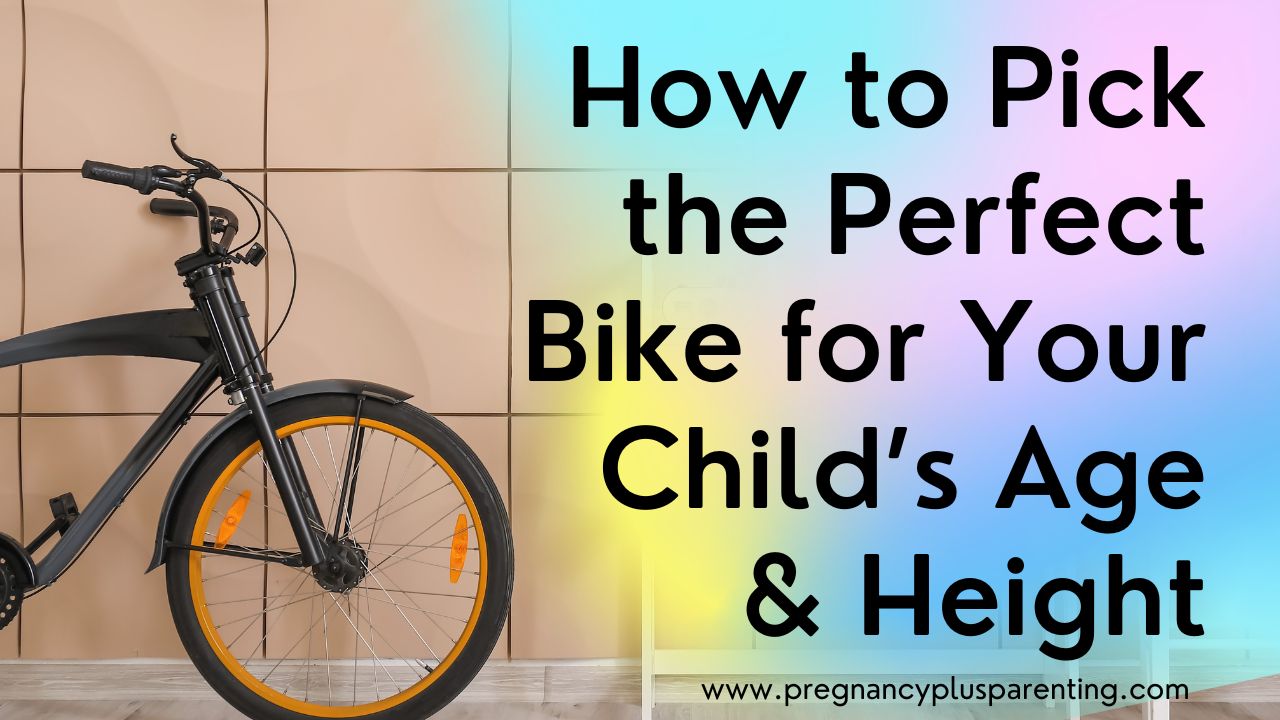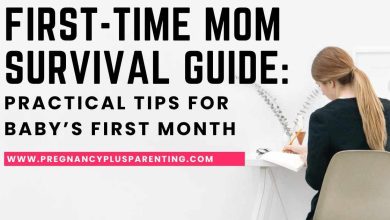How to Pick the Perfect Bike for Your Child’s Age & Height
For many children, their first bike is a very special experience. It not only opens up new opportunities to explore their surroundings but also promotes independence, balance, and coordination.
To ensure a safe and enjoyable introduction to cycling, it’s important to choose the right model. This article provides helpful tips on what to look for when buying a children’s bike.
The right time to buy a children’s bike
When children are able to handle a bicycle depends less on their age than on their physical and mental development. If children learn to balance on a scooter or balance bike at an early age, they will find it easier to learn to ride a bicycle than those who have previously only traveled on foot or as a passenger in a car.
Some children are already confident on the bike path at the age of four, while others still need assistance at preschool age. This can be achieved by an adult guiding the saddle of the child’s bike with one hand while the child pedals.
Training wheels, on the other hand, are only recommended to a limited extent on children’s bikes. While they give children a sense of safety, a children’s bike with training wheels can still tip over.
It’s more important to teach little ones a sense of their own body and balance. This can be done either with the aforementioned means of locomotion or with very simple exercises. The latter include standing on one leg with closed eyes or standing on a wobble cushion. These can be playfully integrated into everyday life.
New or used
A child will only be able to ride their first bike for a few years at most. Then they’ll outgrow it, and a larger bike will be needed. For this reason, it’s not worth investing too much money in children’s bikes. At least those who are on a tight budget will consider a more affordable model.
Cheap models from the Far East aren’t a solution. They often lack the necessary safety. Better suited are affordable, high-quality children’s bikes, which can be found in secondhand shops or on online platforms.
The right size
When purchasing a children’s bike, it’s essential that your child be present. This allows them to test the model for themselves and, ideally, take a short test ride.
Although manufacturers of children’s bikes offer recommendations for models between 12 and 26 inches based on the child’s height, parents shouldn’t rely on them. Every child has a unique stature and cycling preferences.
Not only does the child’s inside leg length need to be adjusted to the distance between the saddle and the pedals, but the shape of the saddle, its suspension, and the design of the handlebars also determine whether the child feels comfortable on the bike.
The weight
Children’s bikes should be as light as possible. This makes it easy for little ones to get the bike out of the basement and ride it. They can also climb steps independently.
The less weight the children’s bike has, the more independent the child is from adults with their bike.
The circuit
In principle, a children’s bike doesn’t require gears, especially since cycling is seen not only as a leisure activity but also as physical exercise. When the child pedals independently, they train their leg muscles most effectively.
However, if a longer distance is to be covered daily, such as the commute to school, a derailleur gear system is helpful. It’s easier to operate than a hub gear system. This is important, especially since the child needs to concentrate on the movement and public transport while cycling. Nothing else should distract them.
Additional equipment for children’s bikes
In order for the children’s bike to be allowed to take part in public traffic, certain equipment is required:
- This includes the light , which ensures that the child can see better in the dark and is noticed sooner by other road users. LED lamps shine brighter than conventional dynamo-powered bulbs.
- Reflectors on the spokes make the wheel visible from the side when light hits them.
- Mudguards prevent your child’s clothing from getting dirty in bad weather. They also prevent stones from being thrown up, which could endanger following road users.
- A chain guard also serves a safety purpose. If included with a child’s bike, it prevents the cyclist’s trousers from getting caught in the bike chain. However, a closed chain case is not required. It makes the bike unnecessarily heavy and forces the child’s leg out of the ergonomic motion pattern when pedaling.
- If the child is carrying other luggage besides the school backpack on their back, the bicycle will need a bicycle rack or alternatively a bicycle basket .
Regular maintenance: Safety begins with care
A children’s bike needs to be serviced regularly to ensure safety and riding comfort.
- Check your tire pressure regularly , as too little air can make driving difficult and affect your balance.
- The brakes should also work well—they’re essential to preventing accidents. Check the brake pads and make sure the brake levers are easy to reach for small children’s hands.
- The chain should be clean and well oiled to ensure smooth pedaling.
- Don’t forget to check screws and connections to make sure no parts are loose.
Good care not only ensures safety but also extends the lifespan of the bike. A simple maintenance plan that you implement together with your child can help teach responsibility at an early age.
Traffic education: learning road safety
Before a child can travel independently in traffic, they should know the most important rules. Children need to learn how to behave correctly at intersections, traffic lights, and zebra crossings. It’s best to practice these situations playfully at a nearby, quiet traffic training area or in a low-traffic residential area.
It is also important that they understand how important visibility is – this includes not only good lighting on the bike, but also bright clothing or reflectors.
Explain to your child why they should never cross the street without stopping and how to behave considerately towards other road users, such as pedestrians and drivers.
Road safety education is an ongoing process that should be reinforced as your child gains experience. With patience and clear instructions, you can make your child safer and more confident on their bike.
Growing bike: ergonomics for small riders
Children grow quickly, so a bike with adjustable components is ideal. The correct saddle height is crucial because it ensures your child can ride safely. The saddle should be adjusted so that the child’s toes can touch the ground when sitting. The handlebar height can also be individually adjusted on many models to ensure an ergonomic riding position.
An incorrectly adjusted bike can cause tension or pain and reduce your riding enjoyment. Make sure to check the adjustments regularly, especially after growth spurts.
If the bike becomes too small, you might consider upgrading to the next larger model. Grow-with-the-child accessories like longer seat posts or adjustable handlebars can delay the transition. This way, the bike remains a loyal companion for your child for longer.
Focus on safety and driving pleasure
The right children’s bike is more than just a means of transportation—it’s the key to freedom, adventure, and independence. With proper maintenance, early road safety training, and a customizable bike, you’ll lay the foundation for carefree and safe rides.
Take the time to choose the right model and accompany your child on their first attempts. This will ensure that cycling is not only safe, but also an experience they’ll remember for a long time.







